Muscle Spasm In Shoulder
Table of Contents
Definition-
- Muscle spasms in one or both shoulders happen when there is an involuntary muscle contraction in the muscles of the middle or upper back or chest.
- These may include the rotator cuff muscles on the chest or back muscles like the rhomboid muscles.
Muscles in shoulder joint-
Muscles between the spine and shoulder blade;
Rhomboids minor and major:
- These muscles connect the last neck vertebrae and the first 5 upper back vertebrae to the inner border of the shoulder blade.
- This means that the rhomboids may help to stabilize the scapula when individuals move their arms.
- Actions of these muscles are moving the shoulder blade backward, upwards, or tilting the lower edge towards the spine.
Levator scapulae:
- This muscle starts at the upper 4 vertebrae in the neck and runs diagonally to insert into the upper part of the shoulder blade.
- When the muscle contracts the lower edge of the scapula will tilt towards the spine.
Muscles that cross over the scapula;
Trapezius-
- The trapezius is the large, flat muscle that is generally divided into three parts according to their actions, namely upper-, middle- and lower trapezius.
- This muscle originates from the bottom of the skull and every vertebra in the neck and upper back.
- It inserts onto the outer part of the collar bone, the top of the shoulder (acromion), and the spine of the scapula.
- Actions of the trapezius muscle involve shrugging (upper part), pulling the shoulder back (middle part), and pressing the shoulder blade down (lower part).
Serratus anterior–
- Serratus anterior actually runs under the shoulder blade from the outer part of the ribs and it inserts onto the part of the scapula that is closest to the spine (medial border).
- It is sometimes known as the “boxer’s muscle” because it draws the shoulder blade forwards like when an individuals throw a punch.
Muscles between the shoulder blade and upper arm;
Rotator cuff-
- These four muscles are responsible for the stability of the shoulder joint and may also move the upper arm in various directions.
Supraspinatus-
- This muscle is situated at the top of the shoulder blade and is inserted on the outside of the upper arm. This muscle lifts up the arm to the side.
The Subscapularis –
- This muscle starts underneath the scapula and inserts onto the front part of the shoulder.
- It rotates the arm inwards like when the person put their hand behind their back.
Infraspinatus and teres minor-
- These muscles originate from the lower part of the scapula and insert onto the back part of the upper arm.
- These muscles turn the arm outwards like when the person wants to throw a ball.
Causes of shoulder muscle spasm-
- Muscle spasms in the shoulders happen when the soft tissue of the upper back is injured because of overusing the muscles in this area from sporting activities, direct injury, or poor posture.
- Muscle overuse or strain may occur due to playing sports that require continuous use of muscles in the upper back, like throwing a tennis ball or lifting weights at the gym.
- Another major reason why spasms can happen in this area of the body is spinal compression in the middle or upper back.
- This causes the vertebrae in these regions to become squashed, pushing into each other and obstructing the space that is generally dedicated to some other structures in this part of the body.
- When this happens, additional pressure can be placed on structures like muscles, irritating them, and potentially leading to spasms and even pain.
Symptoms of shoulder blade muscle spasm-
Mild;
- Discomfort and stiffness are preferable to pain.
- An individual will be able to ignore their symptoms.
- Discomfort comes and goes.
- Full use of the arm.
- Stretching will reproduce the symptoms.
- Lifting heavy objects can be painful.
- Rest and changing positions will reduce the discomfort.
- Symptoms generally disappear after a night’s rest.
Moderate;
- Constant tightness around the scapula.
- Difficult to disregard the pain during the day.
- Noticeable discomfort that turns into pain.
- Deep, dull ache around the shoulder blade.
- Stretches may make the pain worse.
- Quick neck and shoulder movements are painful.
- Pain doesn’t interfere with daily activities like getting dressed.
- Rest helps, but pain reappears soon after restarting activities.
- Not able to sit still for more than an hour or two.
Serious;
- Severe, constant pain.
- Symptoms will be a deep, burning ache.
- Difficult to concentrate during work due to constant pain and discomfort.
- Any kind of neck or shoulder movements will be painful.
- Reaching for objects will cause severe pain.
- Resting doesn’t help.
- Difficulty in finding a comfortable position at night.
- Pain may interrupt sleep.
- Constantly jiggle, trying to find a comfortable position.
Spasm of different shoulder muscles-
1-Rhomboid Strain or Spasm-
- The rhomboid muscles in the upper back connect the inner edges of the shoulder blades to the spine.
- A rhomboid strain is a stretch or rush of these muscles. A rhomboid spasm is an onset tightening of the muscle that an individual can not control.
Causes of rhomboid muscle spasm
- A strain causes pain in the upper back between the shoulder blade and the spine.
- A spasm detects as a knot or tightness in the muscle.
- The person may have pain when they move their shoulders or when they breathe.
2-Levator Scapulae Spasm-
- This muscle usually becomes tense and painful causing reduced motion in the area.
- Evidence indicates an alliance between mechanical neck pain (MNP) and dysfunction of the muscles of the cervical spine.
- The commanding shoulder is most commonly involved (82%) and pain radiates to the neck and shoulder, but rarely to the arm.
Causes of levator scapulae spasm-
- Cervical spine dysfunction.
- Altered shoulder biomechanics or poor posture.
- Repetitive arm motions like in swimming, throwing, or racquet sports.
- Carrying bags with straps over the shoulder.
- Stress/anxiety.
Signs and Symptoms;
- Neck pain, which can be extended to the head causing a headache.
- Pain and constricted range of movement especially decreased cervical flexion and side flexion to the contralateral side.
- Deep, achy pain and/or tightness on the upper back through the top of the shoulder blade or neck. Increased muscle tone and trigger points.
Trigger points of levator spasm-
- The Levator Scapulae present with two trigger points situated in the lower half of the muscle.
- The lower trigger point is situated just above the superior angle of the scapula and the upper trigger point lies 1-3 inches above the lower trigger point.
- Both trigger points are situated deep in the upper trapezius muscle and both refer pain laterally to the shoulder and along the medial aspect of the shoulder blade.
3- Trapezius Spasm-
- Tight traps and trapezius pain are becoming increasingly habitual conditions, especially among people in desk jobs who spend uncounted hours every day hunched over a computer keyboard.
- Luckily, a person may treat and prevent these frustrating conditions by including a few simple exercises in their daily routine.
Common movements where the trapezius is used-
- Shrugging the shoulders.
- Turning the head.
- Side bending the neck.
- Extending the neck backward.
- Throwing an object.
Causes of trapezius pain-
Overuse–
- Repetitive activities, like lifting heavy objects or swimming can be leading to trapezius pain.
- An individual who performs flattened work with the neck and shoulder muscles is at high risk of trapezius pain.
- For examples nurses who lift and turn patients, construction workers who carry massive objects, and retail workers who lift heavy boxes and bags.
Poor posture-
- Sitting hunched over a desk or computer keyboard may cause the trapezius muscles to tighten.
- An individual with awkward work postures is also at a higher risk of progressing the trapezius symptoms.
- For example coal miners and baggage handlers who work in restricted spaces, like the baggage compartment of commercial airplanes.
Mental stress-
- Psychological stress may also lead to long-lived muscle tension in the neck and shoulders, causing symptoms such as trapezius pain.
- Evidence has shown that mental stressors may increase the venturing of the trapezius muscle.
- This increase in muscle activity enlarges the risk of trapezius muscle pain.
Injury-
- A violent twist or collision that places too much force on the upper back may lead to a trapezius muscle tear and pain.
- The muscle can get injured during contiguity sports, weightlifting, car collisions, and hard falls.
- The symptoms are usually felt immediately.
- The seriousness f the pain depends on the severity of the injury.
Rotator cuff muscle spasm-
- Rotator cuff injuries are common and increase as an individual becomes older.
- These injuries may happen earlier in people who have jobs that require repeatedly performing overhead motions, like, painters and carpenters.
- Physical therapy exercises can improve the flexibility and strength of the muscles around the shoulder joint.
- For an individual with rotator cuff problems, these exercises are all that’s needed to manage their symptoms.
Causes-
- Rotator cuff injuries are caused by progressive wear and tear of the tendon tissue over time.
- Monotonous overhead activity or prolonged bouts of heavy lifting may irritate or damage the tendon.
- The rotator cuff may also be injured in a single incident during falls or accidents.
Symptoms-
The pain associated with a rotator cuff injury may include;
- Described as a dull pain and deep pain in the shoulder.
- Disturb sleep.
- Having difficulty in combing the hair or reaching behind the back.
- Be accompanied by arm weakness.
- Some rotator cuff injuries don’t cause pain.
Risk factors-
Age-
- The risk of a rotator cuff injury may increase with age.
- Rotator cuff tears are most usual in people older than 60.
Some occupations-
- Jobs that require monotonous overhead arm motions, such as carpentry or house painting, can damage the rotator cuff over time.
Certain sports-
- Some kind of rotator cuff injuries is more common in people who takes the part in sports like baseball, tennis, and weight-lifting.
Infraspinatus muscle spasm-
- The infraspinatus is one of four muscles that make up the rotator cuff, which helps the arm and shoulder move and stay stable.
- The infraspinatus has situated at the back of the shoulder.
- It attaches the top of the humerus (the top bone in the arm) to the shoulder, and it helps to rotate the arm to the side.
Causes of infraspinatus spasm-
- Repetitive motion involving the shoulder. Swimmers, tennis players, painters, and carpenters are more prone to be affected.
- It also becomes more apposite as the person gets older.
- There are several possible causes of infraspinatus pain. Some are serious, but none of them are life-threatening.
Symptoms-
- Pain at rest.
- Pain at night.
- Arm weakness
- Pain when lifting or lowering your arm.
- The crackling sensation when moving the arm.
- If a person has an acute tear, it will originate severe, sudden pain and weakness.
- Infraspinatus tendinopathy.
Physiotherapy Treatment-
Physiotherapy treatment for shoulder muscle spasms includes ten basic exercises–
1- Across-the-chest stretch–
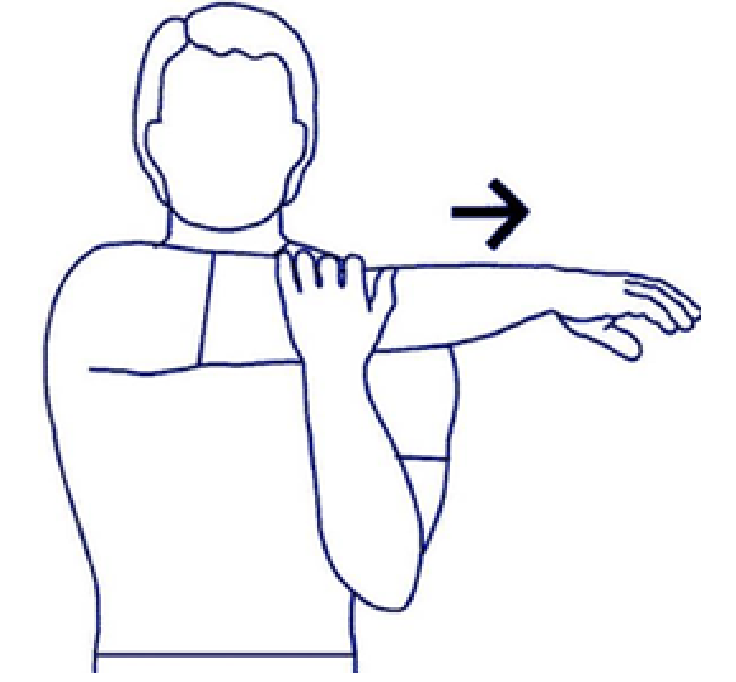
- This exercise helps to improve flexibility and range of motion in the shoulder joint and the surrounding muscles.
- While performing this exercise, lower the arm if the person feels any pain in their shoulder Bring the right arm across the chest.
- Place it in the crease of the left elbow or use the left hand to support the arm.
- Maintain this position for up to 1 minute.
- Repeat on the other side.
- Do each side 3–5 times.
2- Neck release
- This exercise will help people to loosen the tension in their necks and shoulders.
- Lower the chin toward the chest. an individual may feel a stretch along the back of the neck.
- Slightly tilt the head to the left to stretch the right shoulder.
- Hold this movement for up to 1 minute.
- Repeat on the opposite side.
- Do each side 3–5 times.
To deepen this stretch:
- Place 1 hand on the shoulder and 1 hand above the ear to gently guide the movement.
- Lower the chin toward the chest.
- An individual may feel a stretch along the back of the neck.
- Slightly tilt the head to the left to stretch the right shoulder.
- Hold this exercise for up to 1 minute.
- Repeat on the other side.
- Do each side 3–5 times.
3 – Chest expansion-
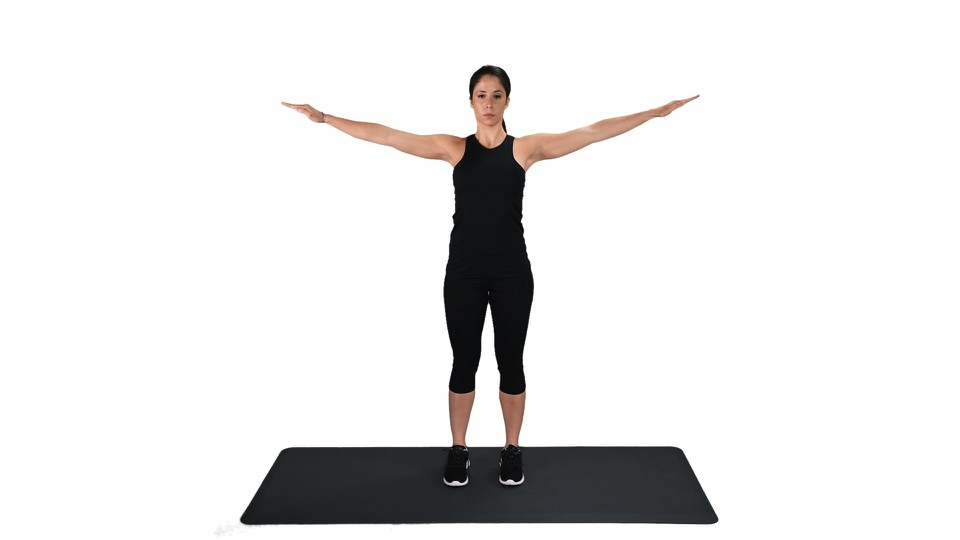
- The aim of this exercise is to promote flexibility and range of motion in the shoulders.
- While standing, hold an exercise band, strap, or towel behind the back with both hands.
- Broaden across the chest as an individual move their shoulder blades toward each other.
- Lift the chin and look up toward the ceiling.
- Hold this expansion movement for up to 30 seconds.
- Repeat 3–5 times.
To deepen the stretch–
- place both hands closer together along the towel or strap.
4- Eagle arms spinal rolls-
- The main goal of this exercise is to stretch the shoulder muscles.
- If the arm position is not comfortable, perform this exercise by holding opposite shoulders.
- While seated, extend the arms out to the sides.
- Cross the elbows in front of the body with the right arm on top.
- Bend the elbows, placing the backs of the forearms and hands together.
- Extend the right hand around to bring the palms together.
- Hold this position for 15 seconds. On an exhale, roll the spine as you draw the elbows in toward the chest.
- On an inhale, open the chest and lift the arms.
- Continue this movement for 1 minute.
- Repeat on the other side.
5- Seated twist-

- The main goal of this exercise is to stretch the shoulders and neck.
- Place the hips facing forward during this exercise.
- Allow the twist to start in the lower back.
- Sit in a chair with the ankles directly under both knees.
- Turn the upper body to the right, bringing the back of the left hand to the thigh.
- Keep the right hand down wherever it’s comfortable.
- Hold this seated twist position for up to 30 seconds.
- Repeat on the left side.
- Do each side 3–5 times.
6- Shoulder circles-

- This exercise is good for warming up the shoulder joints and increasing flexibility.
- Stand upright with the left hand on the back of a chair.
- Allow the right hand to hang down.
- Circle the right hand 5 times in each direction.
- Repeat on the opposite side.
- Do this 2–3 times per day.
7-Doorway shoulder stretch-

- This stretch helps to open the chest and strengthens the shoulders.
- Stand in a doorway with the elbows and arms forming a 90-degree angle.
- Step the right foot forward as the person presses their palms into the sides of the door frame.
- Lean forward and engage the core. Hold this stretch for up to 30 seconds.
- Repeat the stretch on the opposite side.
- Do each side 2–3 times.
8- Downward Dog Pose-
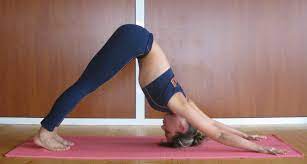
- This inversion pose helps to strengthen and stretch the muscles in the shoulders and back.
- Begins with the hands and knees. Press into the hands to lift the hips up toward the ceiling.
- Maintain a slight bend in the knees as you press the weight evenly into the hands and feet.
- Keeping the spine straight, bring the head toward the feet so that both shoulders are flexed overhead.
- Maintain this downward dog position for up to 1 minute.
9- Child’s Pose-
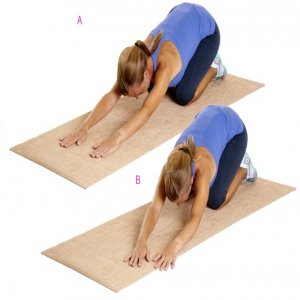
- This restorative pose helps relieve tension in the back, shoulders, and neck.
- Just keep the cushion under the forehead, chest, or legs for support.
- From Downward Dog Pose, bring the big toes together and your knees slightly wider than the hips.
- Sink both hips back onto the heels and extend the arms in front of you.
- Allow the chest to fall heavy toward the floor, relaxing the spine and shoulders.
- Hold this child pose for up to 5 minutes.
10- Thread the needle-
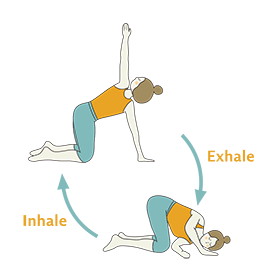
- This position relieves tightness in the chest, shoulders, and upper back.
- Place a cushion or block under the head or shoulder for support.
- Start on both hands and knees. Lift the right hand up toward the ceiling with the palm facing away from the body.
- Lower the arm to bring it under the chest and over to the left side of the body with the palm facing up.
- Activate the right shoulder and arm to avoid collapsing into this area.
- Keep the left hand on the floor for support, lift it toward the ceiling, or bring it around to the inside of the right thigh.
- Hold this thread needle position for up to 30 seconds.
Home remedies-
Stop Doing some kind of work that hurts the person-
- If a person is doing any sort of physical activity when the spasms start, immediately stop whatever it is that you are doing.
- Spasms may happen anytime, during exercise, or even when the person is going about the daily chores.
- So, if spasms happen, stop the activity and try to rest.
- Although spasms are painful, there are generally no continuing concerns.
- Try rubbing or massaging the shoulder blade muscles.
- This will relax the muscle and increase blood circulation.
Rest –
- Once the spasm occurs, Take rest for a few days is advisable since soreness is typical after it.
- Affected muscles are generally strained, so use this time to recover from extra stress.
- Keep moving the muscles gently during this time to avoid stiffness.
- The person may try to move during this period of rest, but stop if the person feels pain or a cramp coming on.
- The person may try gentle stretches or walk, just don’t bend or twist the torso.
Stretch –
- Stretching may help if the person experiences a muscle spasm in the shoulder.
- When stretching, a person is pulling their muscles in the opposite direction, which elongates and pulls the muscles, thus reducing pain.
- Although, never overstretch the muscle. If the person begins to feel pain, stop immediately.
- Pull the shoulders back, as if a person is attempting to touch the shoulder blades close.
- Hold this stretch for 5 seconds, then slightly release the muscles.
- Rotating the shoulders clockwise and clockwise 10 times, so a person feels good.
Use Cold Presses Or Heating Pads-
- To relax the muscles and stop the spasms, heat is effective while cold will reduce the pain and swelling.
- When the spasm happens for the first time, use a cold pack.
- If the spasm happens again, use heat.
Drink Electrolytes And Fluids-
- Spasms can occur if you are dehydrated. Consequently, it is important to get plenty of hydration.
- Electrolytes and water can replenish the reduced supply.
- If a person knows that they are going to exercise or going vigorously use their muscles, make sure to substitute the nutrients a person loses with electrolytes or water.
Over-The-Counter Medications-
- Sometimes spasms in the shoulder blade muscles may cause the pain.
- A person can consult with their doctor and get them to prescribe a person some over-the-counter anti-inflammatory medications like naproxen sodium or ibuprofen.
- These will decrease any severe inflammation or swelling and increase blood flow to the affected area.
Muscle Relaxers-
- Muscle injury prompt spasms or continuous spasms can be best treated with muscle relaxers.
- Doctors can prescribe certain medications to ease the muscles and promote blood circulation.
Eat The Right Nutrients-
- Besides consuming water, make sure to eat enough of the following nutrients if a person wishes to prevent spasms.
Sodium:
- This mineral balances fluid in the body, thus it is not uncommon if a person craves salt after a vigorous workout.
- Eating foods that contain sodium, like celery, can help.
Calcium:
- Muscle contractions are controlled by calcium.
- So if a person is running low on calcium, spasms may become a common occurrence.
- Eat dark leafy vegetables, dairy, and fish to prevent spasms.
Magnesium:
- Magnesium is major form for the muscles to relax.
- Consume some kind of spinach, nuts, lentils, whole grains, bananas, and yogurt to keep the muscles relaxed.
Potassium:
- Muscle formation is boosted with potassium. consume food like, beans, leafy vegetables, bananas, salmon and mushrooms are good for the muscles.
FAQ-
Muscle spasms, twitches, and cramps are not generally a cause for concern. They are perfectly normal, particularly in athletes and some other people who exercise regularly. In some cases, although, they may indicate an underlying health condition, like multiple sclerosis, thyroid disease, or cirrhosis of the liver.
muscle relaxers for spasms include cyclobenzaprine, methocarbamol (Robaxin), and tizanidine (Zanaflex), among others.
Muscle relaxants are medicines that are commonly used to prevent and decrease muscle spasms and tightness. Muscle spasms happen when there is an uncontrolled (involuntary) contraction of a group of muscles. The muscles usually shorten suddenly; this is often painful.
Muscle spasms or stiffness can affect the middle of 40% and 80% of people with MS at some time. For most individuals, these are occasional symptoms. Drugs and therapies (including physiotherapy and occupational therapy) may help the person to manage these symptoms.
A back spasm may happen after any type of strain or injury to the soft tissues (muscles, tendons, or ligaments) in the spine. This type of soft tissue injury typically recovers enough within a week or two for the muscle spasms to stop.

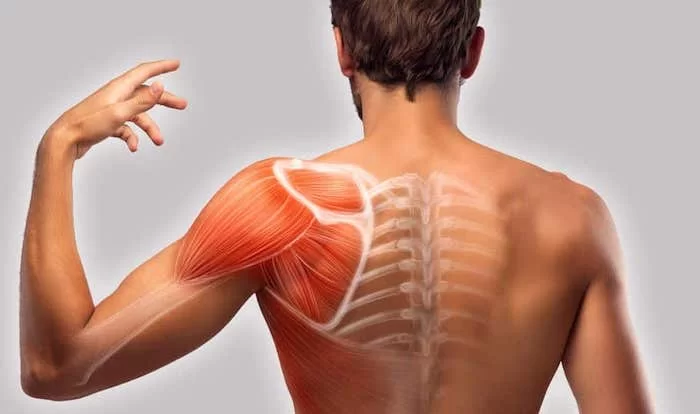
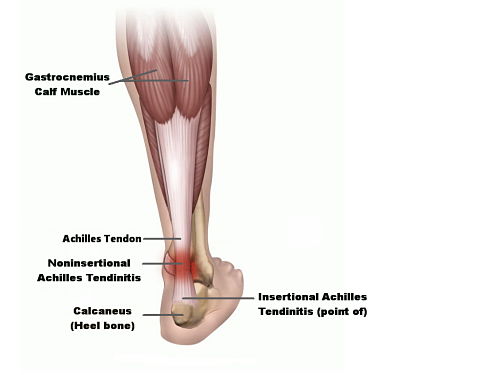
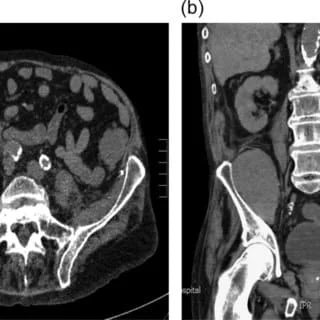
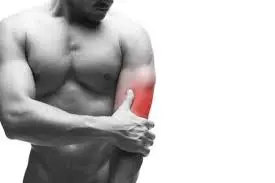
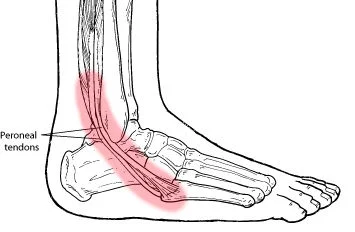
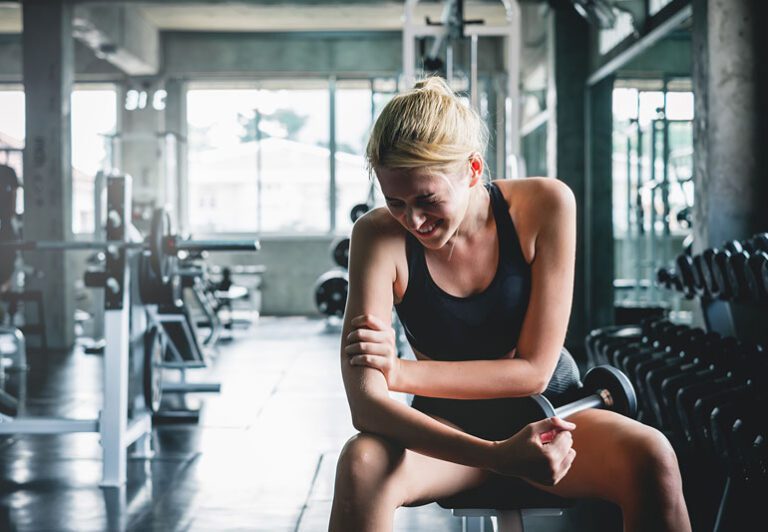
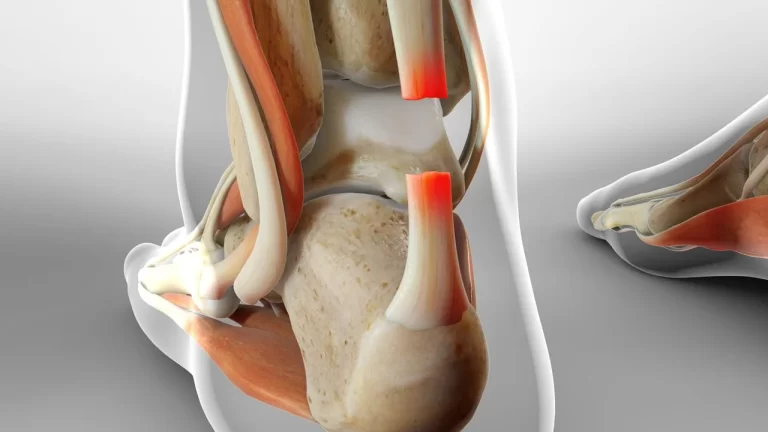
Could you give me doctors for chronic muscle spasm in shoulder after surgery a year ago? Thank you!
You can contact nearby Doctors, we don’t know who are you from which area?